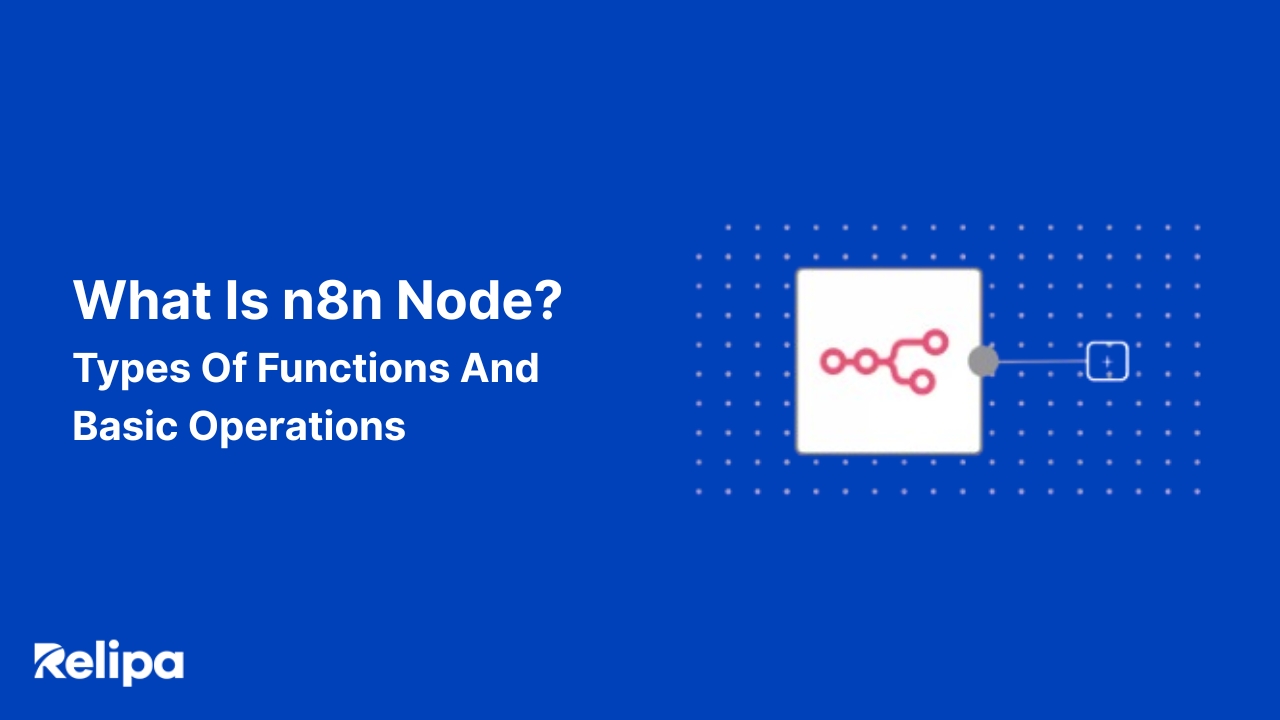Top 5 Blockchain Countries In Asia
The global race to lead in blockchain isn’t confined to Silicon Valley or European tech hubs, it’s shifting east. In recent years, Asia has taken the spotlight, turning blockchain from a test-bed technology into something people use daily.
Every day, billions of dollars flow through blockchain networks in the region. Millions of new wallets are being created, startups are scaling beyond their borders, and governments are testing frameworks that could redefine how digital economies operate.
That’s why looking closely at Asia is essential because the region is home to some of the most influential blockchain countries, where policy, talent, and market demand collide to shape the future of this technology. In this blog, we’ll uncover how Asia’s leading players are not just participating in blockchain adoption but actively writing the global rulebook.
What Makes a Country Crypto-Friendly?
It’s easy to assume that a crypto-friendly country is just one with “loose regulations”, but the reality is far more nuanced. A crypto-friendly country isn’t defined by a single law or headline policy, it’s about creating the right environment where blockchain can grow, adapt, and reach mainstream adoption.
- Clear and Supportive Regulations: Transparent laws, licensing for exchanges, and clear taxation policies give businesses and investors confidence. Without regulatory clarity, blockchain innovation risks moving underground.
- Robust Pool of Tech Talent: Nations with skilled developers, engineers, and entrepreneurs can build real-world blockchain applications beyond crypto trading. Investment in STEM education and training helps create sustainable growth.
- Advanced Digital and Financial Infrastructure: High internet penetration, mobile banking, and strong digital payment ecosystems provide a ready user base for wallets, dApps, and tokenized services.
- Strong User Demand and Cultural Readiness: In regions where people adopt crypto for remittances, gaming, or investment, blockchain spreads faster. Societal willingness to experiment accelerates adoption.
- Active Government and Institutional Support: When public institutions are large enterprises that adopt blockchain for finance, identity, or logistics, it signals integration into a nation’s long-term digital strategy.
Why Asia Leads in Blockchain Adoption
Before diving into individual countries, it’s worth asking: why is Asia such fertile ground for blockchain countries? Several powerful forces converge here, making the region a fast adopter and a genuine leader in the blockchain revolution.
Huge Population, High Connectivity
Asia is home to 4.9 billion people, more than half of the world’s population. With digital wallets and QR code payments already part of daily life in China, India, and Southeast Asia, blockchain solutions, whether DeFi apps, stablecoins, or tokenized assets, find a ready-made user base.
Strong Demand for Alternative Finance
Many Asian economies rely heavily on remittances: the Philippines, Vietnam, India, and Nepal are among the top global recipients. Traditional cross-border transfers often involve high fees (up to 7 – 10%) and delays. Blockchain-based payments and stablecoins cut costs and deliver near-instant settlement. This utility, combined with limited banking access in rural areas, makes crypto an investment and a necessity for millions.
Progressive Regulation
Several Asian governments are experimenting with crypto frameworks earlier than their Western counterparts. Singapore’s Monetary Authority (MAS) pioneered a licensing regime for Virtual Asset Service Providers (VASPs). Japan has clear rules on stablecoins and strict but transparent exchange regulations. Even countries with restrictive crypto stances, like China, continue investing heavily in blockchain infrastructure and Central Bank Currencies (CBDCs).
Vibrant Startup Ecosystem
Asia is producing globally recognized Web3 projects: Axie Infinity from Vietnam, Klaytn from South Korea, Astar from Japan. Major venture capital firms and accelerators (like Binance Labs, Hashed, and DeFi Alliance) are based in or heavily invested in the region. On top of that, the availability of skilled developers and comparatively lower labor costs in Southeast Asia make it an attractive base for blockchain experimentation and scaling.
Advanced Digital Infrastructure
Asia boasts some of the world’s most sophisticated fintech systems. China’s near-cashless society, Korea’s advanced digital ID ecosystem, and Singapore’s cross-border payment experiments (like Project Ubin) crate fertile ground for blockchain applications. High-speed internet, widespread mobile banking, and strong custodial services reduce friction for users and institutions alike.
Top 5 Blockchain Countries in Asia
Singapore
Singapore has built a reputation as Southeast Asia’s blockchain and fintech hub by combining strict regulatory oversight with an openness to innovation. According to Chainalysis 2024, Singapore ranked among the top 20 countries globally for crypto adoption, despite its small population of more than 6 million.
The Monetary Authority of Singapore (MAS) has been proactive in creating one of the world’s most advanced regulatory frameworks. The Payment Services Act provides licensing for exchanges and custodians, while the 2023 stablecoin framework requires issuers to maintain 100% reserves and segregated customer assets.
On the infrastructure side, the country hosts licensed exchanges like Coinhako, and banks like DBS are running tokenization pilots. In March 2025, OCBC Bank issued USD 1 billion of commercial paper on blockchain, marking one of the largest institutional blockchain deals in Asia.
South Korea
South Korea is one of the largest crypto markets in the world. In 2024, domestic exchanges processed more than USD 455 billion in trading volume, with Upbit alone dominating 80% of the market. The country ranked in the top 15 globally for adoption, with ownership estimated at 10% of the adult population.
Regulators have taken a strict but pragmatic approach. The government enforces strong KYC/AML rules and licenses exchanges under the Virtual Asset User Protection Act (2023). At the same time, Busan has been designated as a blockchain regulation-free zone, supporting pilots in tokenized securities and DeFi.
South Korea’s ecosystem benefits from a strong tech base and cultural affinity with gaming. Major firms like Nexon, Netmarble, and Krafton are integrating NFTs and blockchain economies into their games. By 2025, blockchain gaming represented a USD 2.5 billion segment of the Korean market.
Vietnam
Vietnam has become a global leader in grassroots crypto adoption. According to Chainalysis 2025, Vietnam ranks 4th worldwide in crypto adoption, with around 21% of the population (around 20 million people) estimated to own digital assets.
The government is working on a National Blockchain Strategy (2025 – 2030), focusing on digital infrastructure, R&D centers, and human capital development. While retail crypto regulations remain incomplete, pilot programs in e-government, land registries, and healthcare data are already underway.
Vietnam’s biggest strength is its young, affordable talent pool. Currently, the country has about 4,000 innovative startups, hundreds of millions of USD enterprises, including 2 unicorns like MoMo (e-wallet), and Sky Mavis (developer of Axie Infinity, which reached USD 4 billion in NFT sales at its peak). In 2024, U2U Network raised USD 13.8 million to build a new Layer-1 blockchain, highlighting local momentum.
Read more: Blockchain in Vietnam: Insights and Applications
Japan
Japan took an early lead by introducing crypto regulations as far back as 2017. Today, it remains one of the most tightly regulated but safest environments for digital assets. According to TripleA 2024 data, crypto ownership in Japan stands at around 5 million people (around 4% of the population).
The Financial Services Agency (FSA) regulates crypto under the Payment Services Act and Trust Business Act, with detailed provisions for stablecoins and exchange registration. Japan was also the first G7 country to issue comprehensive guidelines for stablecoin issuers, requiring them to be banks or trust companies.
Japan’s blockchain ecosystem is dominated by corporates and banks rather than startups. For example, Mitsubishi UFJ Trust launched its Progmat Coin project to tokenize deposits, while other banks are exploring tokenized green bonds. Supply chain traceability and enterprise payments are also key focus areas.
China
China maintains one of the strictest stances against retail crypto activities, banning trading and mining since 2021. However, the government simultaneously champions blockchain as a “strategic technology”. The Cyberspace Administration of China (CAC) and the People’s Bank of China (PBoC) oversee blockchain pilots, while national policies promote adoption in supply chain, finance, and public services.
China is the undisputed leader in central bank digital currency (CBDC) deployment. By late 2024, the digital yuan (e-CNY) had reached 120 million wallets across 26 cities, processing over USD 250 billion in transactions. Pilots now extend to transport subsidies, public services, and cross-border payments with Hong Kong and Singapore. In 2025, the PBoC confirmed partnerships with major banks and telecoms to integrate e-CNY into everyday retail apps.
While crypto-native startups face heavy restrictions, enterprise blockchain is flourishing. The Blockchain Service Network (BSN) supports thousands of applications across logistics, smart cities, and government data management. Corporates like Ant Group (with AntChain) and Tencent (with TrustSQL) operate consortium blockchains serving millions of enterprise users. Investment in blockchain-related R&D in China exceeded USD 4 billion in 2024, positioning the country as a global leader in enterprise-scale use.
Conclusion
The rise of Asia as a blockchain powerhouse is no coincidence. Each of the five countries highlighted in this blog illustrates a different strength.
Singapore proves how clear regulation and strong financial ties can build a secure yet innovative hub. South Korea highlights mass adoption through gaming, NFTs, and digital assets. Japan offers stability with steady policies, while Vietnam brings youthful talent driving fast, cost-efficient innovation. China, powered by state-led projects and the e-CNY, shows how blockchain can scale nationally when backed by government infrastructure.
Taken together, these experiences explain why Asia processes billions of dollars in blockchain transactions daily and continues to attract global investment. The region’s combination of massive digital populations, experimental regulation, and diverse real-world use cases means that the future of blockchain will not simply pass through Asia.
Get in touch with Relipa for more insights about blockchain technology!





